Kamokuokamohoali'i - A Reversal
Nets are becoming sparse.
By Kala’i Sim
August 20th, 2024
At sunrise and sunset, we perform olis to honor the kupuna and the living beings around us. We use this time to introduce ourselves, seek wisdom, and deepen our understanding of our environment. During our oli this morning, we were graced with the presence of an albino manta ray, elegantly swimming by and seemingly acknowledging us as we watched from the bow of the ship. It was a truly mystical moment.
After the oli, we enjoyed breakfast and gathered our gear in preparation to launch the zodiacs. Today, Kamokuokamohoali’i (Maro Reef) had strong winds of 14 mph. Navigating into the atoll was quite challenging, with crunchy conditions. However, once we passed Seal Rock (an exposed rock where monk seals often rest) the waves calmed down. As we made our way to the northeast side of the atoll to our survey area, the sun’s reflection off the water made it difficult to spot reefs and bombies (reef pinnacles) so everyone on the boat kept a keen eye out for areas to avoid.
Once we reached our survey area, we spent the rest of the day doing swimming surveys, finding only small pieces of marine debris. This was a positive indication that our cleanup efforts are making a difference. This marks my third year working to clean Kamokuokamohoali’i, and I’m happy to say that nets are becoming increasingly harder and harder to find each year.
Just as we were headed back to the ship, we received a radio call that MD4 needed help with a large trawl net they had encountered. As the closest boat, we immediately rushed to assist. When we arrived, we found the massive trawl net, tangled into a large ball approximately 4 feet long by 3 feet wide. Initially, all eight of us tried to pull it together, but after many struggles to move this giant mass, it was time to try something different. So we got to cutting the net into manageable sections. After numerous cuts, we finally separated it into three parts. The largest section was particularly challenging to lift, but we summoned all our strength to get it aboard their boat.
With this net and the ones previously collected, there was no space left for the remaining two pieces. So, we transferred to MD2, wrestling with the remaining nets, and eventually succeeding in getting them onboard. The process of pulling in the monstrous net took longer than expected, and we were racing against the clock to return to the Imua (cargo ship) within our designated time slot. Fortunately, we had previously charted our course, which made the return trip easier despite the persistent sun glare from the low western sun.
Reflecting on the day, I feel incredibly fortunate to work with such a sharp and dedicated task force and I’m grateful for the opportunity to contribute to conservation efforts in Papahānaumokuākea.
Meet the Author
Kala’i Sim
Learn more about Kala’i here!


